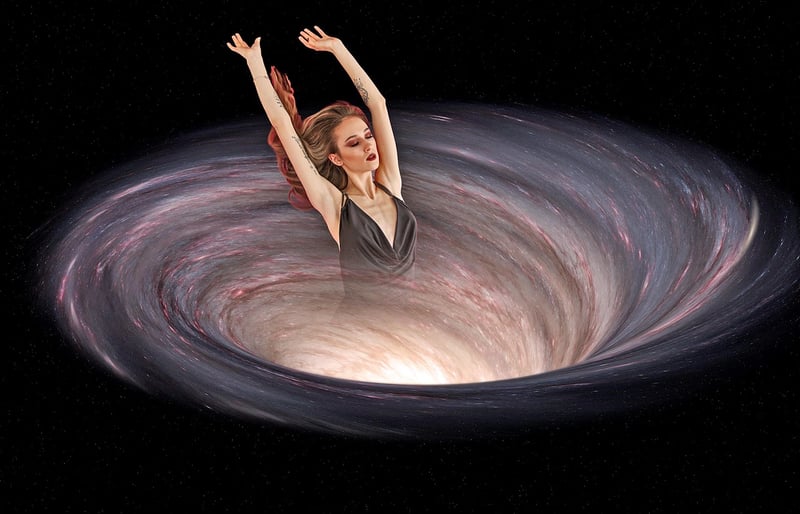Wormholes
Exploring Faster-Than-Light Travel: Wormholes
Traveling through space has always been an intriguing topic for scientists and science fiction enthusiasts alike. While current technology limits us to conventional methods of travel, such as rockets and spacecraft, the concept of wormholes offers a fascinating possibility for faster-than-light travel.
What are Wormholes?
Wormholes, also known as Einstein-Rosen bridges, are theoretical passages through spacetime that could create shortcuts for long journeys across the universe. In theory, they could connect two distant points in space and potentially allow for near-instantaneous travel between them.
How Wormholes Work
According to the theory of general relativity, wormholes are regions where spacetime is folded, creating a tunnel-like structure that could link two separate locations. By traversing through a wormhole, one could potentially travel vast distances in a fraction of the time it would take using conventional methods.
Challenges and Considerations
While the concept of wormholes is captivating, there are significant challenges and limitations associated with them. Theoretical considerations include the stability of wormholes, the need for exotic matter to keep them open, and the potential dangers of traversing through these cosmic tunnels.
Implications for Interstellar Travel
If wormholes were ever discovered and proven to be viable for travel, they could revolutionize interstellar exploration. The ability to travel vast distances in a short amount of time would open up possibilities for visiting distant planets, galaxies, and potentially encountering other civilizations in the universe.
Conclusion
While wormholes remain a theoretical concept, they spark imagination and drive scientific research into understanding the nature of spacetime and the possibilities of faster-than-light travel. Whether we will one day harness the power of wormholes for interstellar journeys remains to be seen, but the pursuit of such knowledge continues to inspire future generations of explorers and scientists.

For more information on wormholes and theoretical physics, you can visit Space.com.
